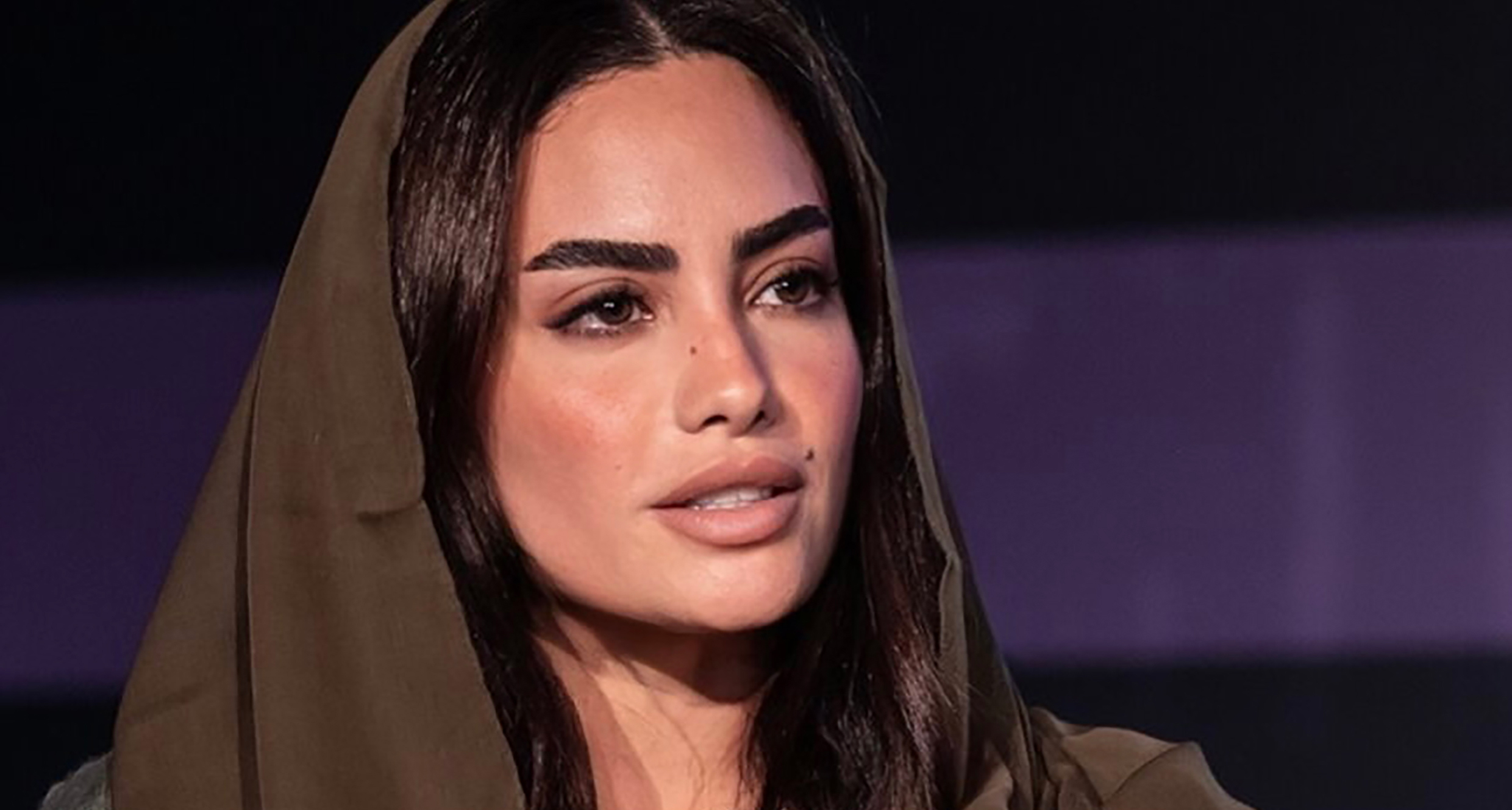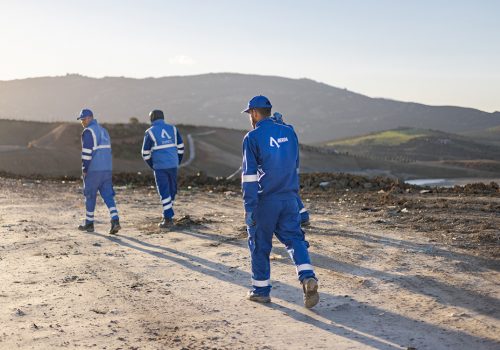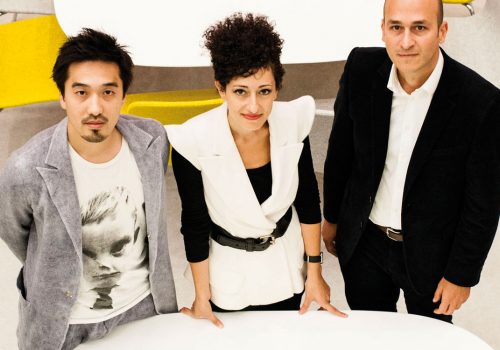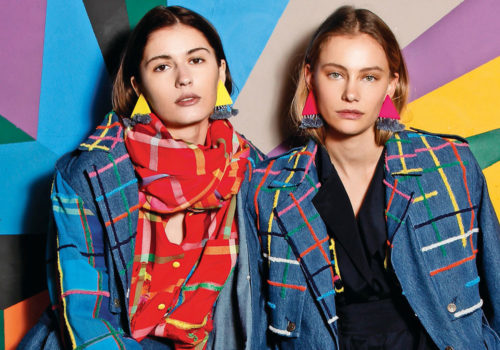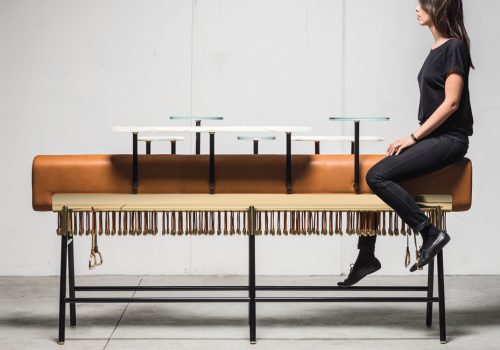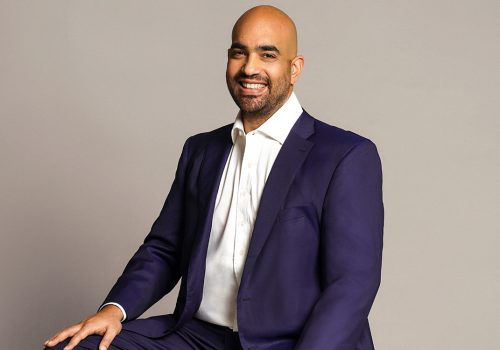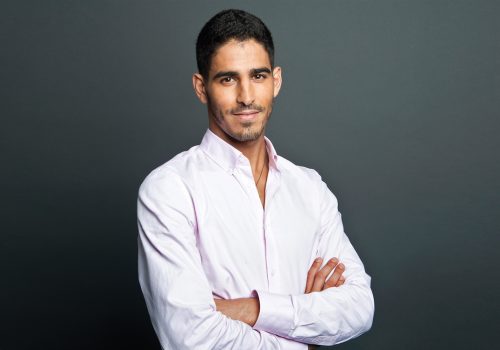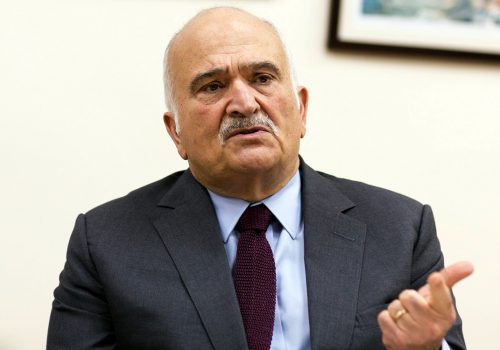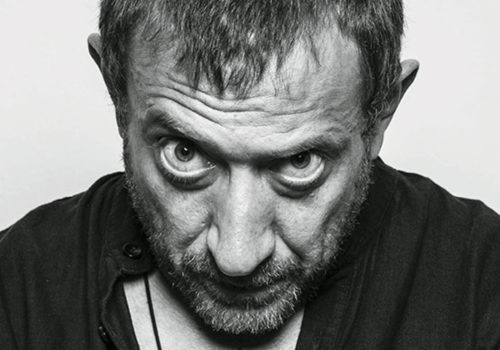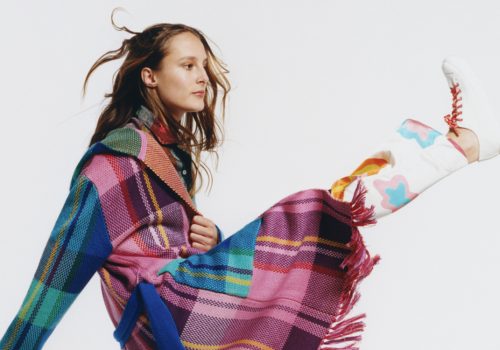The Saudi art scene is booming right now, but behind the hot-topic exhibitions and international showcases are some incredible curators such as Jumana Ghouth, who has put together a multitude of shows over the years, from thought-provoking spotlights on single artists to large group shows at major art festivals, like the 2022 Noor Riyadh at the Jax District. Ghouth has quickly become a major player in the Saudi Arabian art scene, but she affirms in this interview that she has even more to give in the future.
Born and raised in Jeddah, Ghouth graduated with a BA in Graphic Design from Dar Al-Hekma University and is currently obtaining her MA in Intercultural Practices from Central Saint Martins, University of Arts in London. In 2011, she joined Jeddah’s Athr Gallery – the first contemporary art platform in the Kingdom – and gained the experience that she says made her the curator she is today.
“It’s funny; I went in as an intern but it turned into an eight-year job,” Ghouth reveals. “It didn’t just help me grow, it made me a curator – that very first job changed my entire career path, as I found myself organically in the field and it made me fall in love with it. I was surrounded by inspirational people who helped me realise my potential, and pushed me to grow in that area, particularly when curating was quite a ‘new’ profession in Saudi.”
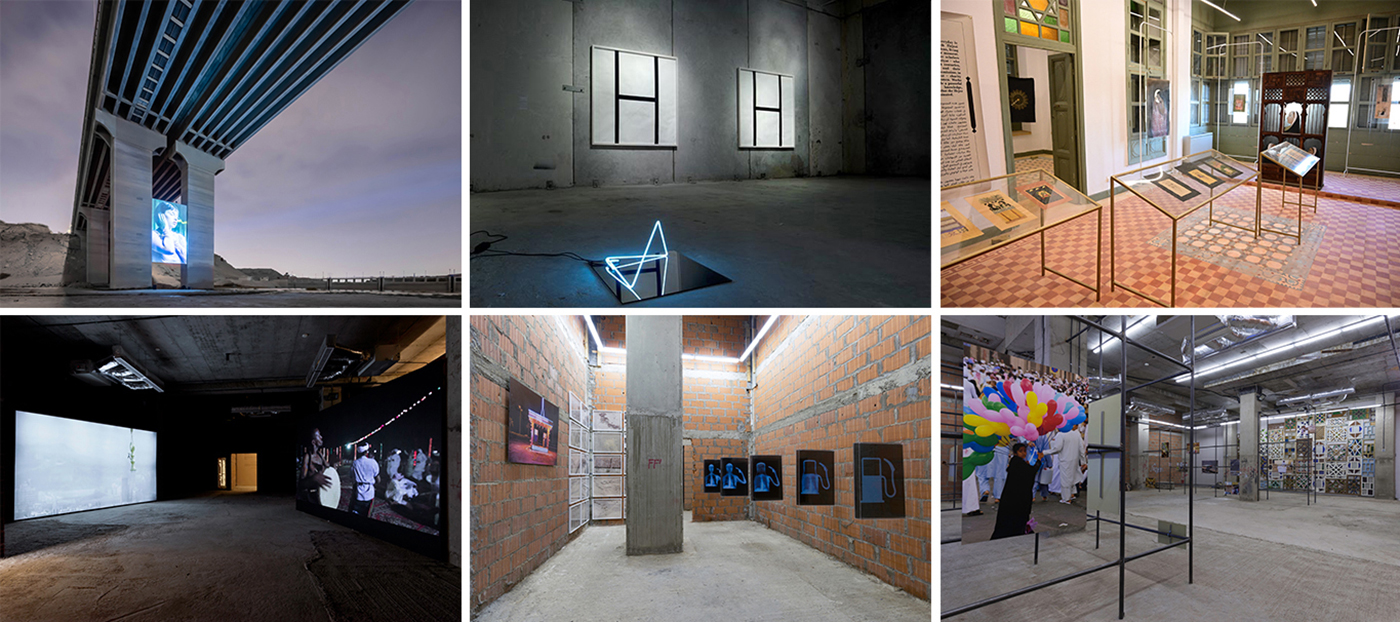
TOP LEFT: Noor Riyadh’s 2022 instalment was a 17-day festival in that was crowned by the Guinness Book of Records as the largest celebration of light arts ever put together. FYI: it was back again this past December. TOP MIDDLE: ‘The Language of Human Consciousness’ from July 2014. TOP RIGHT: Sara Al Abdali’s first solo exhibition from 2019, at Beit Al Sharbatly in Jeddah. BOTTOM LEFT & MIDDLE: Ahmed Mater’s ‘Drumroll, Please’ exhibition at KAEC in 2018. BOTTOM RIGHT: Ghouth curated Ahmed Mater’s first solo exhibition in KSA, but his first solo exhibition of all was actually at the Smithsonian’s Sackler Gallery in Washington DC.
While at Athr, Ghouth worked with many prominent artists, curating a host of solo and group shows, such as Nasser Al Salem’s first solo show, entitled ‘And It Remains…’ (2012), and ‘Drumroll, Please’ (2019) Ahmed Mater’s first solo exhibit in the Kingdom. One show she remembers particularly fondly is ‘The Language of Human Consciousness’ which she curated in 2014. At the time, geometry was mostly viewed through the lens of sacred art, so an exhibition that brought it towards a more contemporary interpretation, as a language for exploring the atypical, the imperfect and the alternative was highly unusual for local audiences.
“It was the first large group show I curated (alongside Mohammed Hafiz) on geometry, and it showcased 38 local and international artists, including the likes of Sol Lewitt, Joseph Albers, Rasheed Araeen, Monir Farmanfarmaian, and Richard Deacon.”
Since then, her style of curation has developed further and rather than focusing on merely creating a cohesive show, she’s now embracing more contradictory elements that discuss the same topic and/or narrative, plus she’s looking at how to inject emotion and feeling into exhibitions.
With the Saudi art scene growing so fast, there are now so many young artists vying to get their work out there. Ghouth says she’s consciously supporting artists willing to go the extra mile, while also helping them find more depth in their artistic offerings.
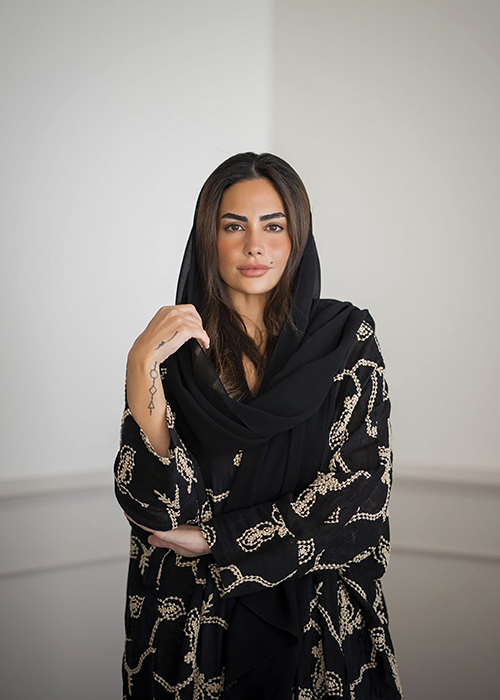 “I have a certain visual standard that I abide by, and I try to ensure there’s a flow in dialogue or the storyline,” she says. “The topics I’m drawn to tend to shift depending on where I am personally or what’s stimulating me; but I usually enjoy challenging myself by zoning in on ‘random’ or lesser discussed topics and trying to create a visual and thought-provoking show. But I’m not sure I’m quite in the position to count or discount art yet, as I feel I’m still self-developing,” she adds, “though I have developed a knack for noticing and singling out artists who put in the time and effort to develop their concepts and research the topics.”
“I have a certain visual standard that I abide by, and I try to ensure there’s a flow in dialogue or the storyline,” she says. “The topics I’m drawn to tend to shift depending on where I am personally or what’s stimulating me; but I usually enjoy challenging myself by zoning in on ‘random’ or lesser discussed topics and trying to create a visual and thought-provoking show. But I’m not sure I’m quite in the position to count or discount art yet, as I feel I’m still self-developing,” she adds, “though I have developed a knack for noticing and singling out artists who put in the time and effort to develop their concepts and research the topics.”
After Athr, Ghouth became the Head of Arts and Culture at King Abdullah Economic City (KAEC), where she commissioned a public sculpture by James Clar. And, between 2019 and 2021, Ghouth joined the Ministry of Culture, where she headed the Public Engagement department at Jeddah Historical District Programme – an ongoing scheme that seeks to revitalise Jeddah’s heritage buildings – which was a new type of challenge for the evolving curator.
What I wanted for the district wasn’t a quick fix; I would’ve liked to see several buildings or spaces returned to the community as cultural hubs, such as a massive parking lot with a rooftop library, or the creation of an immersive building like 29Rooms in New York,” she says. “I learnt quite a bit from that experience though, as it came with a lot of challenges given it involved an already existing community; but it’s also what I enjoyed while working there – going to a place with such a vibrant atmosphere every day for work was a blessing.”
Following her stint at the ministry, Ghouth has been working as an independent curator based out of Jeddah. Looking back, she can clearly see how the local art scene has changed over the years, with bigger budgets and more freedom of expression opening countless artistic opportunities.
“The government has realised that art is an important soft power and is now dedicating a lot of resources towards it, whether it’s integrated into major development projects, or for art festivals,” she muses. “It’s difficult to say how I think the art scene will change going forwards, as I feel it’s in an overwhelmed state right now. But, once the art education sector sets in, that’s when I think the changes will be immense; slow perhaps, but immense. Education, particularly curatorial institutions – as I don’t think there are enough curators or curatorial knowledge yet – will really be the way forward for the Saudi Arabian art scene, and it’ll help place Saudi artists in public realms internationally.”
Ghouth is currently working on curating the main exhibition for a new annual art festival named ‘Balad Alfann,’ set in the Jeddah’s UNESCO protected historic district. The exhibit, ‘Gausnaidn,’ will be done in collaboration with philosophy professor Graham Harman – who invented the OOO theory (object oriented ontology) that challenges the traditional notion of human-centred philosophy by placing objects at the centre of its inquiry.
Taking Harman’s theory as its starting point ‘Gausnaidn’ draws on its more mysterious and enigmatic possibilities, shifting the locus of reality from the understood and explained to the uncharted and existential. Through a series of installations and mixed media works, the show encourages viewers to rethink their relationship with the material world and ultimately to take Harman’s theory and apply it in daily life.
“We have approximately 37 artists, including Ahmed Mater, Christo Javacheff, Alicja Kwade, Carlos Cruz Diez, Conrad Shawcross, Dana Awartani, Maha Malluh, Muhannad Shono and Nasser Al Salem,” she says. “One thing I wanted to focus on is to have 90 per cent of the show made from existing works and not commissions, to further honour the essence and agencies of certain objects that have been already created.” For those interested in attending, the show will be open from January 4th, 2024, and will run for three months.


